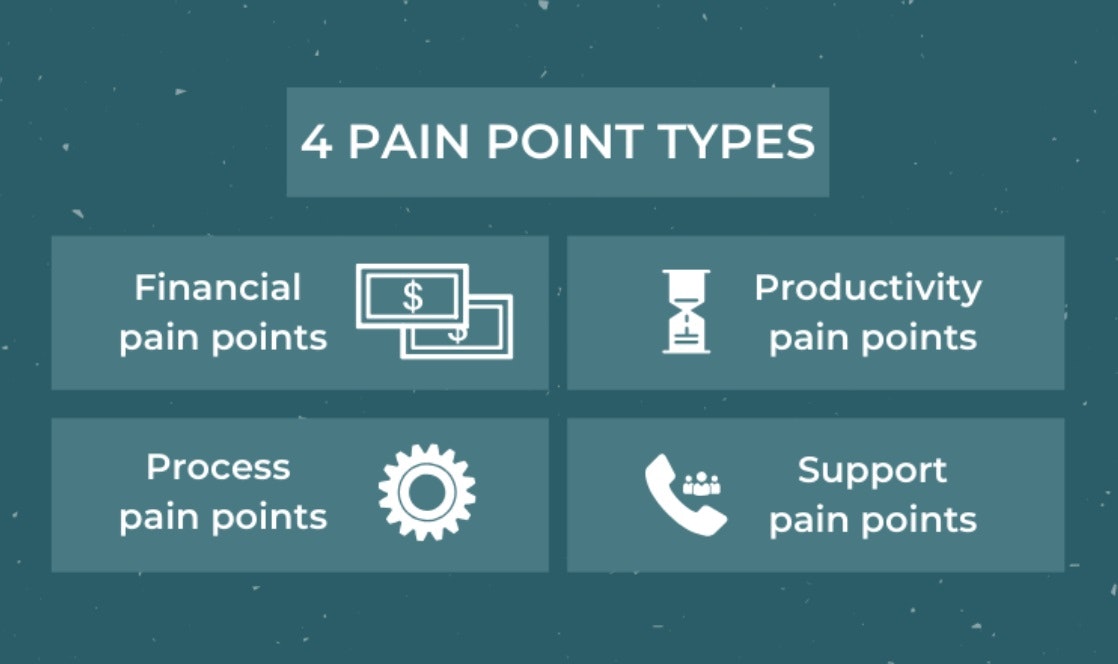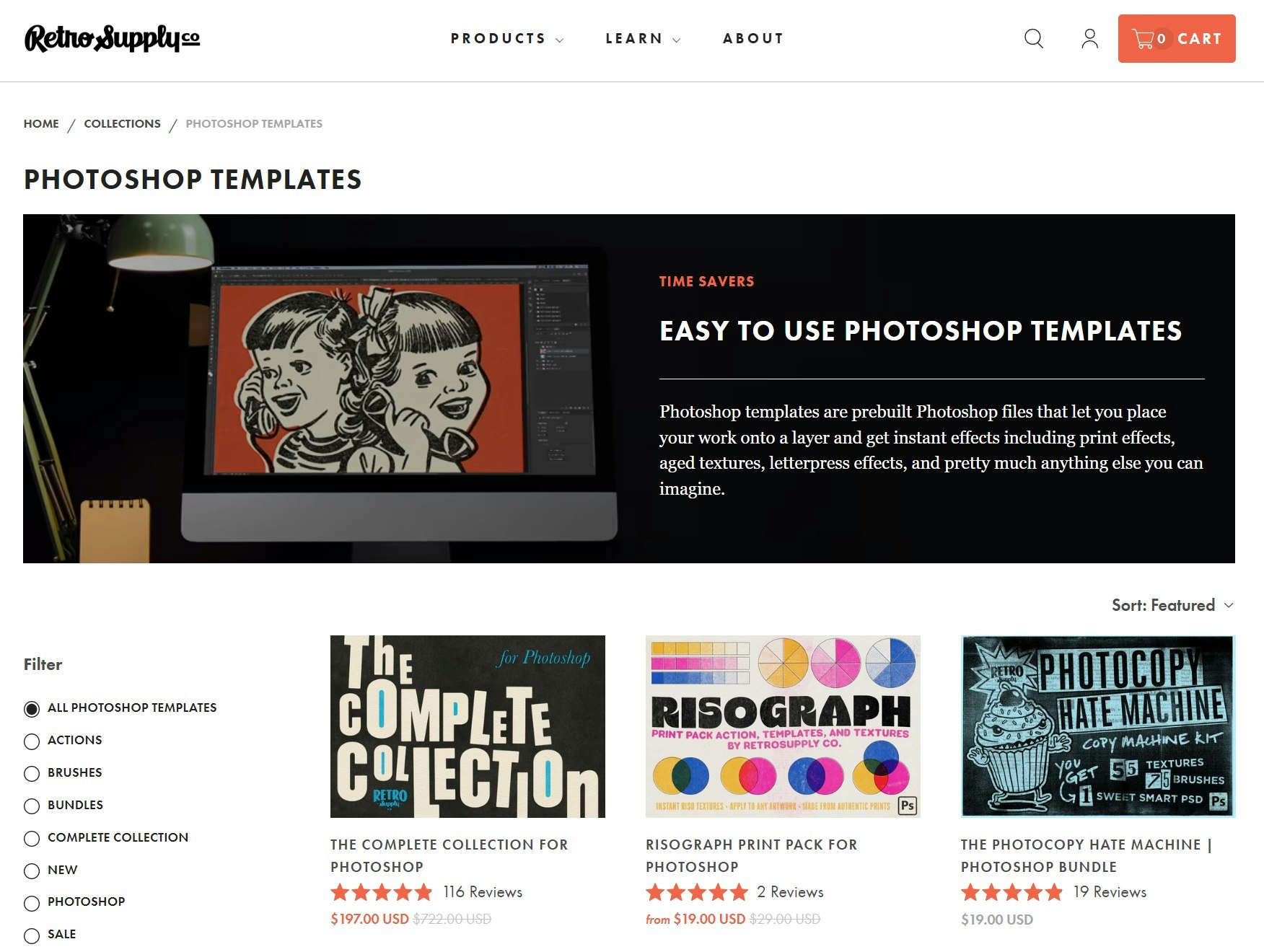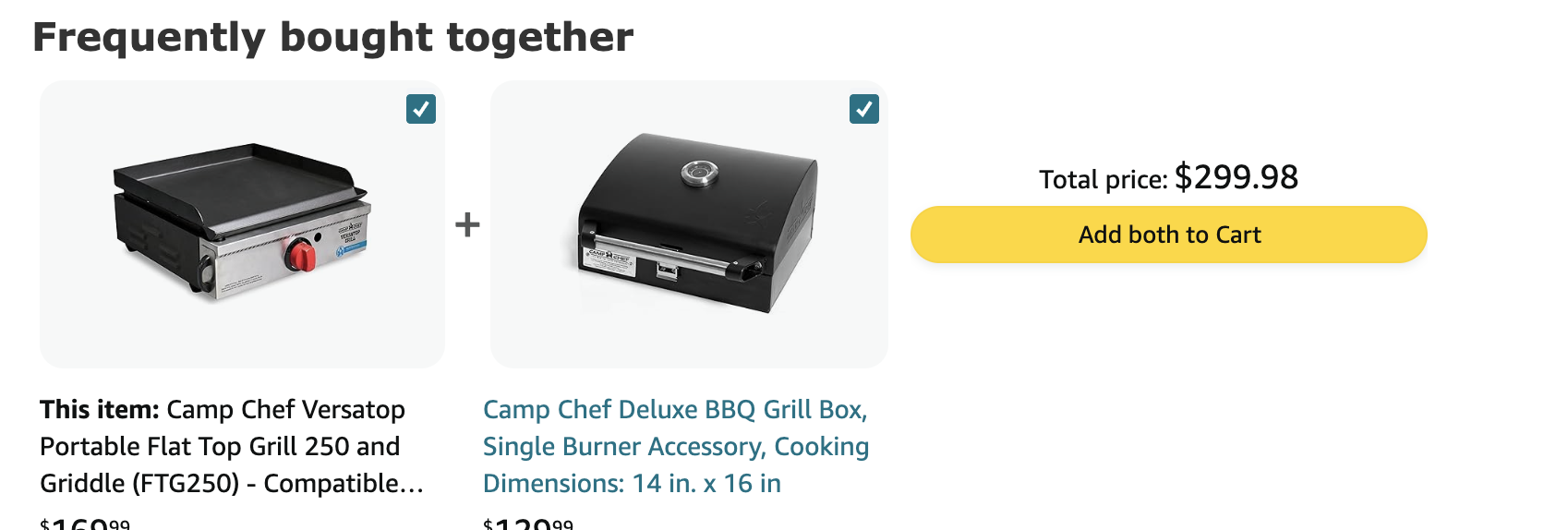When you’re choosing a new product to sell, there’s always a delicate balance to weigh out. Should you go for a hot, trending item, or one that’s evergreen? Should you go for a product that’s super popular in the general market, or one that’s more niche and unique? Will you manufacture it yourself, or choose a different route like private label or dropshipping?
There’s a lot to consider during the product research phase. That’s why we’ve put together a list of some of the top strategies to help you choose a profitable product and reach the level of success you’ve been dreaming about.



13 tips to find a winning product for your business
1. Address a need or pain point
A classic piece of advice for any new business owner. Frankly, nobody is going to buy your product if it doesn’t solve a need or pain point of theirs. With this in mind, it can be helpful to start here rather than directly searching for products to sell.
Pay attention to the things people are saying in your personal circles and online, whether they have complaints about existing solutions that are on the market already, or problems that don’t have any good solutions yet.
→ Click Here to Launch Your Online Business with Shopify
Common types of pain points with existing products and services (as well as personal pain points for individuals) include financial, productivity, process, and support.

2. Connect with hobbyists
Have you ever met a hobbyist? (Or maybe you are one yourself?) This can be a great market path to take. Hobbyists are so passionate about their hobbies that they’re often willing to invest however much it takes for them to pursue that hobby.
If you can manufacture, private label, or dropship one of these types of products, and it provides real, tangible value to this enthusiastic audience, you’ll likely have a much easier time selling your product than if you were building a market from scratch.
3. Use your professional expertise
Similarly to the personal passion route, you’ll likely benefit if you can tap into your own professional experience. Have you ever worked in a certain industry or area where you learned some valuable intel?
Take Dustin Lee, for example. He founded Retro Supply, a website that sells digital assets for illustrators and designers. He has his own insights into what can help designers, because he is one, and he chose to open his store instead of continuing to run his service-based design business.

4. Find and jump on trends
Many entrepreneurs achieve success by identifying new trends as early as possible and actively pursuing them. This approach naturally entails certain considerations and risks. Given the transient nature of trends, businesses centered on them often have a limited lifespan as consumer interest quickly shifts. This is particularly true for fads, or trends with even shorter durations.
To pick up on trends, tap into online research. Engage in social listening and observe trending topics and hashtags on social media. Google Trends and Trend Hunter are valuable resources, as is exploring forums like Reddit to discover the top-selling products in your niche.
5. Use product research tools
Product research tools give you insights into what customers want and which products are likely to sell. These tools help you track market trends, understand your competition, and spot high-demand, low-competition products. Some useful tools include:
- Jungle Scout: Offers detailed insights on Amazon product trends and competitor performance.
- Helium 10: Provides a suite of tools for market analysis, keyword research, and optimizing product listings on Amazon.
- Exploding Topics: Detects emerging trends by analyzing online conversations, helping you stay ahead of market shifts.
- Dropship.io: Specializes in identifying winning products and provides valuable data on bestsellers and social media trends.
6. Explore B2B wholesale marketplaces
B2B wholesale marketplaces offer a wealth of new product ideas directly from suppliers. These platforms give you access to thousands of potential products to sell. If you find a product you like, you can purchase it immediately.
Start with Alibaba and AliExpress. These sites connect you with manufacturers from Asia offering a vast selection of products. Use Alibaba for bulk orders directly from manufacturers, and AliExpress for testing products with small orders or for dropshipping.
Other B2B marketplaces worth exploring include Tradekey, Global Sources, Made-in-China, and Faire.
7. Read trend reports
Trend reports from sites like Amazon and eBay provide insights into what customers are buying. You can go through them to identify popular categories, emerging trends, and high-demand products.
Make sure to compare these findings across different reports to get a comprehensive view of the market. This will help you spot opportunities and decide which products to add to your inventory.
The great thing about these reports is that the data comes directly from an official product database. As such, you can be confident the insights are precise and reflect current consumer interests.
8. Check the reviews
Customer reviews on existing products can be an excellent source of intel. Pay special attention to complaints and critiques: these will tell you where those products fall short. Then you can swoop in with new services or products that fill those gaps.
You’ll also be able to gauge audience engagement for certain products and niches to see which ones bring the most community involvement. This could point to communities where people are more passionate about the products they buy.
9. Consider related products
Interested in a certain product or industry? Dig deeper with related products on Amazon. Here’s how they can spark your next big idea:
- Related products often brought together. This shows complementary products. If customers buy a grill, and they’re also purchasing grill covers, there’s a hint! Maybe there’s room for innovative grill accessories in the market?
- Other items consumers frequently buy. This uncovers buying trends. If someone gets a yoga mat and later a meditation cushion, it could point to a growing interest in holistic wellness products.
- Items Amazon suggests as similar. This highlights alternatives and variations. Found an eco-friendly water bottle? What other sustainable products are being recommended? Is there a niche within sustainability you haven’t explored?
- Related sponsored products. These are bets companies are placing. If multiple brands are promoting wireless earbuds, there might be a demand. Could you introduce unique features or designs to stand out?

10. Research items with minimal overheads
Products with minimal overheads can be gold mines. They pave the way for significant profits, since their production costs are generally on the lower side. But when setting your price, remember it’s not only about the initial expenses.
Your cost of goods sold (COGS) paints the whole picture. It encompasses everything, from the production of the product to its promotion, storage, and even shipping. The aim? Identify those cost-effective items with the potential for a high return on investment (ROI).
Some pointers: Items with lower weight generally incur less in shipping costs. Also, low wholesale prices don’t automatically guarantee a stellar ROI. To simplify the pricing calculations, turn to tools like the Shopify margin calculator.
11. Harness personal sentiments for ideas
One largely unexplored method of product discovery is taking inspiration from personal histories. Ask friends, family, or even community members about items they once loved but can no longer find, or items that their ancestors used that they wish they had access to today.
Here’s a simple way to go about it:
- Host a “memory share” evening. Organize a gathering (virtual or in-person) where attendees bring or discuss a past product they miss or wish they could have in a modern context.
- Document and analyze. Make notes of recurring themes or particularly captivating stories. Products that evoke strong emotional reactions or fill a genuine gap can be ripe for reintroduction or reinvention.
- Prototype and test. Based on feedback, create a prototype or an MVP (minimum viable product). Share it with those who provided the initial idea to get feedback.
This approach can help identify products that already have an emotional connection with potential customers and might offer unique value in today’s market.
12. Go through tutorials to discover unmet needs
People often DIY when they can’t find what they need in stores. And they frequently share their creations through tutorials. Just take a peek at YouTube or DIY blogs and you’ll notice they’re brimming with such insights.
For example, if you notice a rising number of homemade standing desk tutorials, that indicates a demand for budget-friendly or varied desk options. Or, suppose there’s a surge of guides to fix a specific gadget. This suggests a strong demand for a sturdier or more intuitive version.

13. Get fresh ideas through cultural conversations
Online platforms connect you with global cultures. Explore these spaces to discover products poised for larger markets.
Join platforms promoting international connections. Participate in discussions about daily life and traditions. What’s common in one culture may be extraordinary in another, such as handcrafted goods, special tea blends, or unique decorations.
Sites like InterPals and Conversation Exchange are good places to start. They’re popular for language learning, but users also discuss their lives. Notice the unique items they talk about or use.
Validating your product ideas
When you’ve found potential products to sell, the next step is to validate their market potential and understand your competition.
Consider the following elements:
- Product demand: Confirm there’s a strong market interest. Use Amazon Best Seller Rank to gauge if people are actively buying what you’re considering selling. High sales on Amazon often reflect wide market appeal.
- Competition: Evaluate how many others are selling similar products. Look at Google Keyword Planner for an idea of competition level, and at Amazon for the number of reviews, which can indicate how established competitors are.
- Seasonality: Determine if the product sells all year or just seasonally by checking Google Trends. Consistent demand is ideal, but seasonal items can be profitable with the right timing.
- Profitability: Ensure you can source and sell at a profit. Calculate costs against the average price of the item, factoring in fees for marketplaces like Amazon. A 30% to 40% gross margin is advisable for covering marketing and operational expenses.
- Marketability: Plan how to market your product. Analyze competitors’ social media to see what works. Effective marketing can set you apart even in crowded markets.
Time to find that product
We’ve covered some great tips to start your product search. Now, it’s time to look for a product that meets many of your criteria.
Think about the balance you want to achieve. Consider how much money you’re ready to spend to test your idea and how much you plan to invest in marketing, like targeted ads and custom content.
Taking a comprehensive view puts you in a strong position to start well and maintain your momentum over time.






